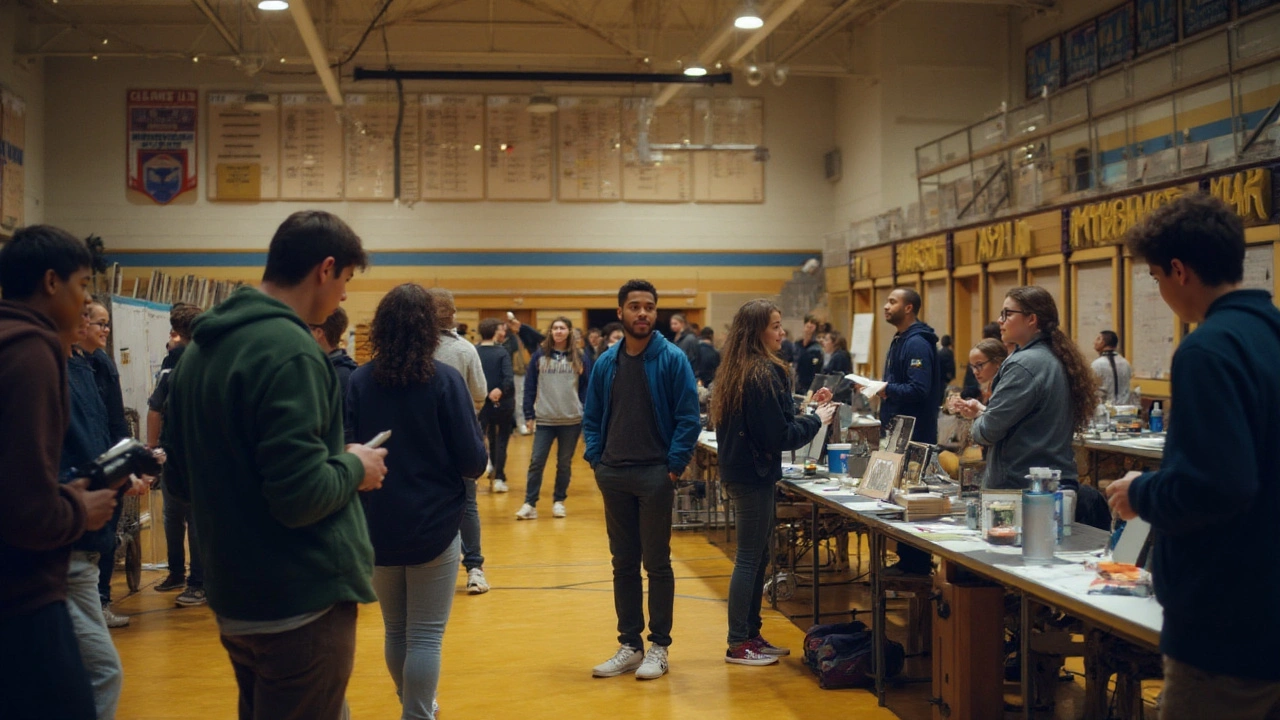AI in Education: How to Use It Without Losing Control
AI can whip up a draft essay in minutes and make personalized quizzes for every student. That’s huge. But it can also create mistakes, encourage shortcuts, and raise privacy questions. This page gives clear, useful moves for teachers and students so AI helps learning instead of hurting it.
How teachers should start
Begin small. Pick one task AI can speed up—quiz generation, grading multiple-choice, or making reading-level summaries of articles. Try it privately first, so you see errors and quirks. For example, use an AI tool to create a 10-question practice quiz, then review and edit the questions before giving them to students.
Set rules. Tell students what AI tools are allowed and what counts as cheating. Spell out how you expect sources cited when AI made a draft or summary. Use AI as a co-teacher: let it suggest lesson variations, but you choose what stays.
Protect data. Avoid tools that require uploading identifiable student work unless your school approves them. Prefer platforms with clear privacy policies and data deletion options. If a tool stores student responses, get permission first.
Smart ways students can use AI
Use AI to practice, not replace. Ask AI for study questions, quick topic summaries, or step-by-step explanations of a math problem you already tried. Turn AI output into active study: compare its answer with your notes and list where they differ.
Improve drafts, don’t outsource them. Run your essay through AI for grammar and clarity suggestions, then revise. Keep a copy of your original work so you can show your teacher how you improved it. If you use AI for research, verify facts from trusted sources and cite where ideas came from.
Watch for common pitfalls. AI can sound confident but be wrong about dates, facts, or sources. It can also produce biased or simplified views. Ask follow-up questions like “Where did you get that?” or “List three sources that support this,” and then check those sources yourself.
Use search-smart prompts. Short prompts give short answers. Be specific: instead of “Explain photosynthesis,” try “Explain photosynthesis in two paragraphs for a 10th grader, with one example of a real plant.” That gives targeted, usable results.
Practical checklist:
- Test any tool on non-sensitive material first.
- Require students to show drafts and edits when AI was used.
- Keep a list of approved tools and why they’re allowed.
- Teach students how to verify AI output quickly.
- Review privacy policies before uploading student info.
AI can save time and open new learning paths if you use it deliberately. Start with one clear goal, protect student data, and make verification part of the routine. Use AI to boost thinking, not to skip it.
- Aug, 16 2025

High school is being rebuilt in real time. See what’s changing in 2025-career pathways, dual enrollment, AI, mental health-and how to choose strong options.
- Read More